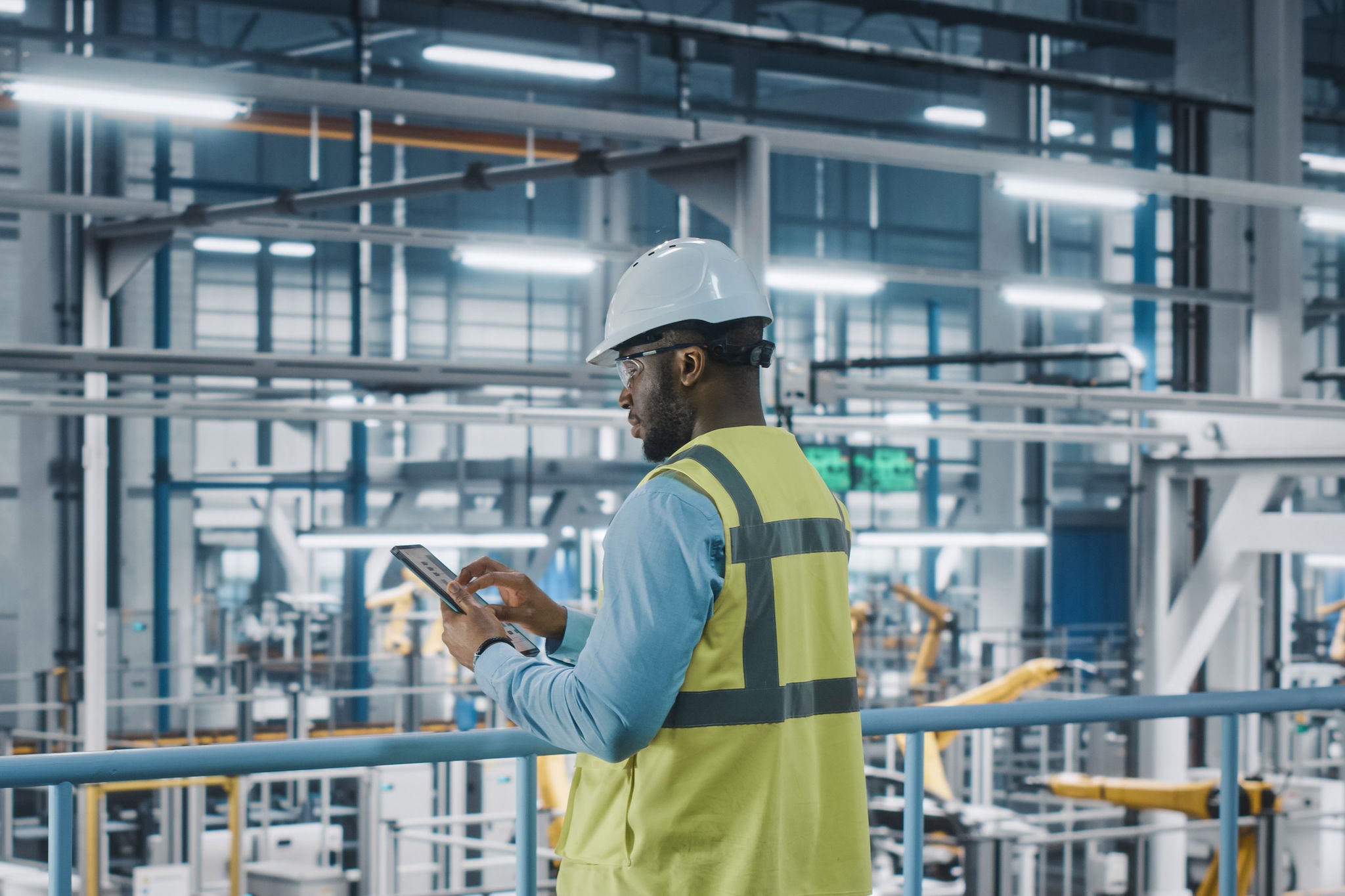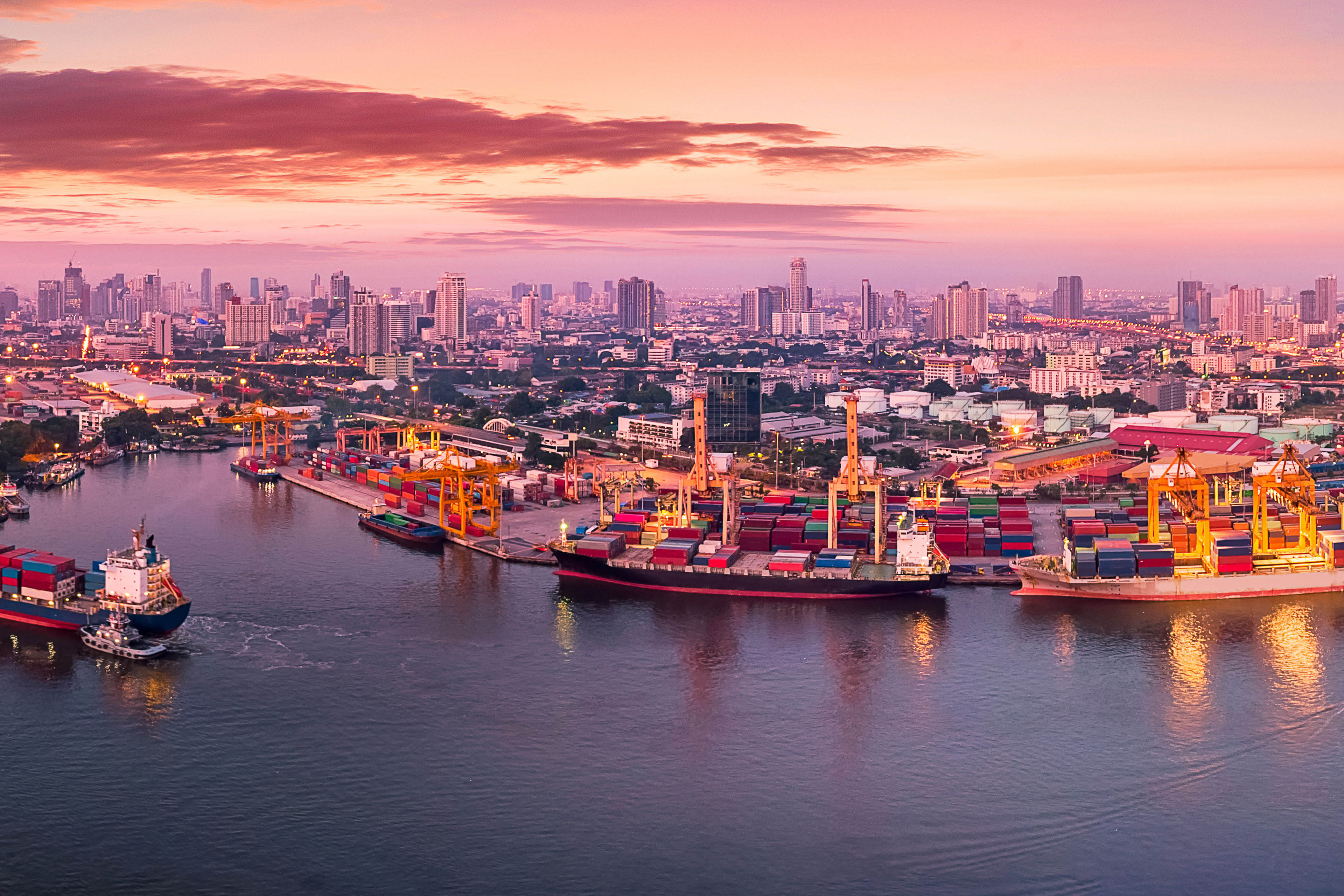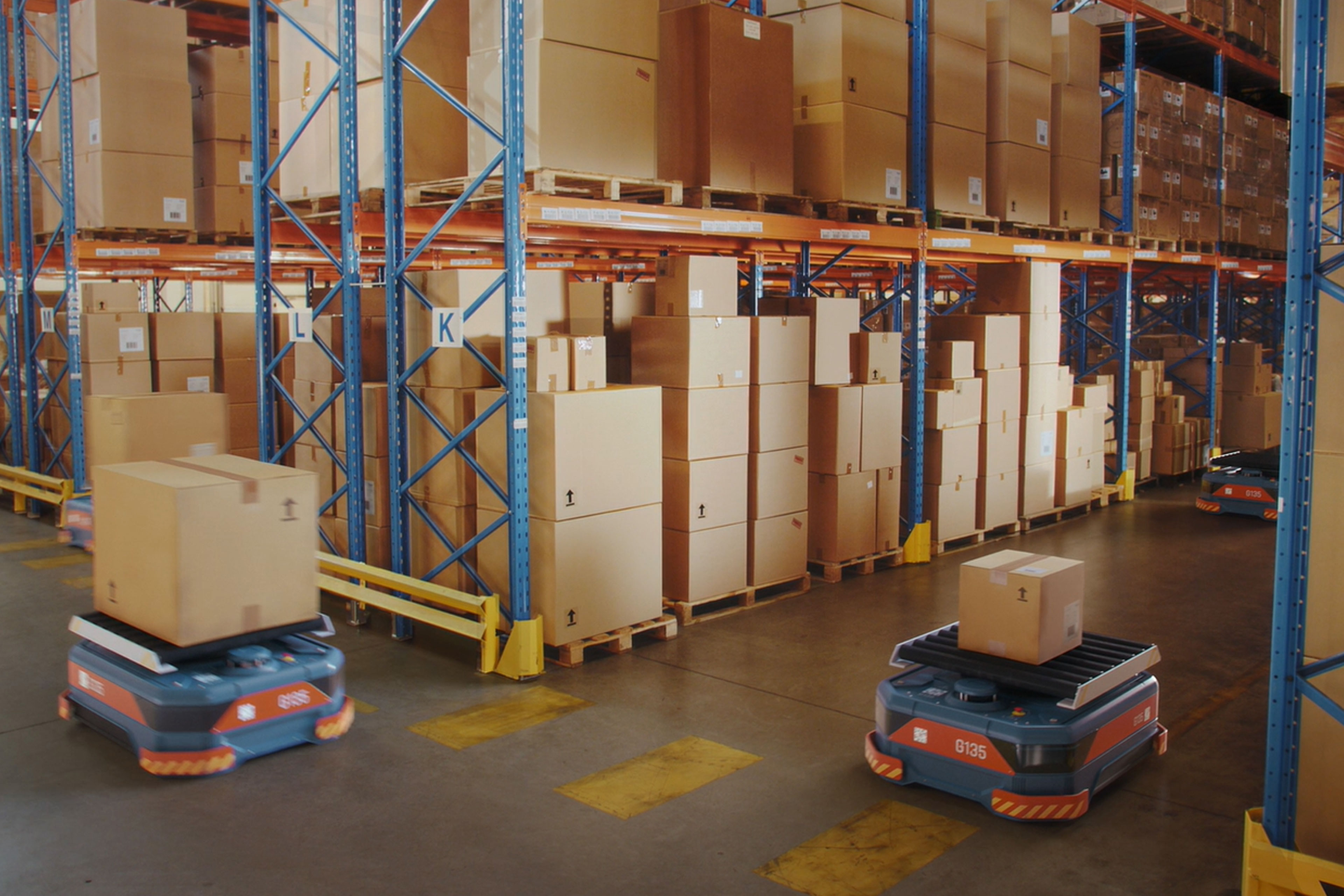EY refers to the global organization, and may refer to one or more, of the member firms of Ernst & Young Global Limited, each of which is a separate legal entity. Ernst & Young Global Limited, a UK company limited by guarantee, does not provide services to clients.
How EY can help
-
Optimize operations with Ernst & Young LLP Supply Chain consulting services. Use tech and AI to boost resilience, efficiency and value.
Read more
Sustainable supply chains can not only reduce operating costs but they may have an impact on market share, profitability, company stock price and more. EY research shows that 70% of companies have already seen or expect to see increased revenue because of their sustainability initiatives. Supply chain experts are adopting tools that enable them to redesign products for a circular economy by engaging suppliers and industry partners. Decarbonization of the value chain is a priority in sustainability initiatives. However, this is a challenge as most companies do not own their logistics but rely on third-party logistics providers. There is also difficulty in securing data-sharing agreements among suppliers to promote traceability, visibility and disclosure.
While new demands are being placed on supply chains, the need for cost reduction and cash extraction remains. Some supply chain optimization strategies include portfolio simplification, stock-keeping unit (SKU) rationalization, strategic sourcing and implementing spend analytics to control costs. With these efforts, companies can continue to derive significant cash flow benefits, albeit now across the interconnected ecosystem.
The technology-enabled supply chain
Supply chain reinvention is being powered by Internet of Things (IoT), data analytics, cloud and automation technologies. Digitizing the supply chain, “sensorization,” and using modern digital tools, including analytics, to optimize processes are crucial aspects in a networked ecosystem that is part of Industry 4.0.
Constructing a digital twin and using AI and machine learning, supply chain control towers and other analytic solutions from various software vendors can help in predicting and forecasting potentially disruptive events. Distributed ledger technologies allow supply chain stakeholders access trusted data. Smart contracts can help remove blind spots and give real-time visibility into various operations.
The future of the supply chain is a completely autonomous self-driving ecosystem. With new technologies such as blockchain; robotic process automation and analytics; autonomous trucks; and drone delivery, the supply chain industry will eventually become largely autonomous in the next decade.







